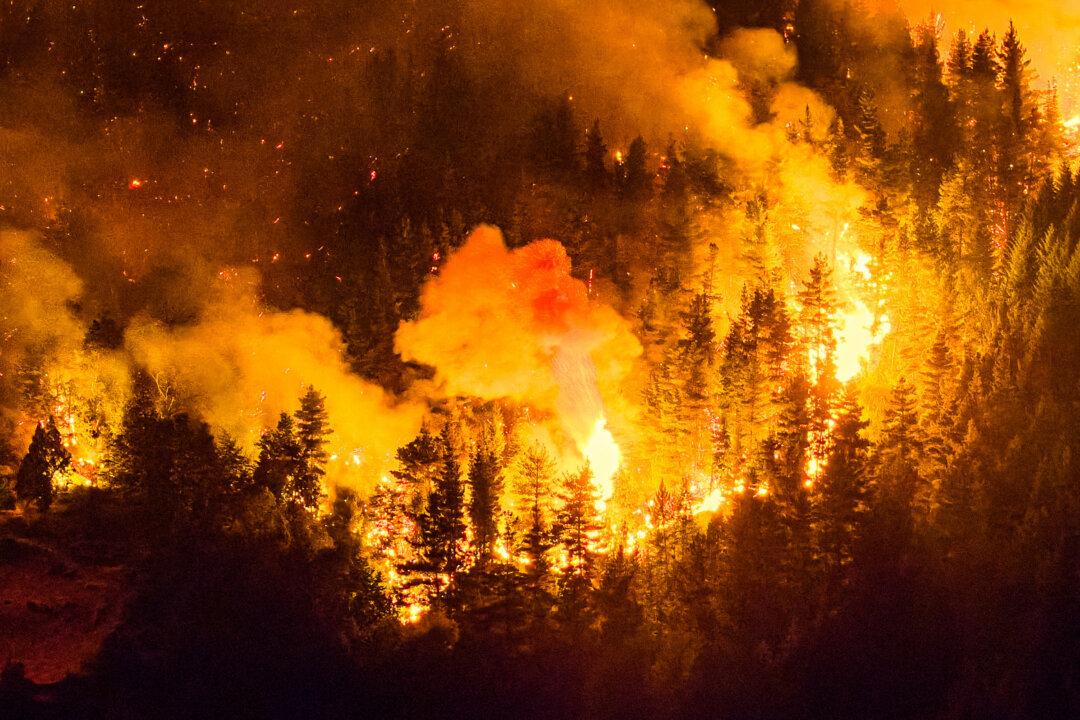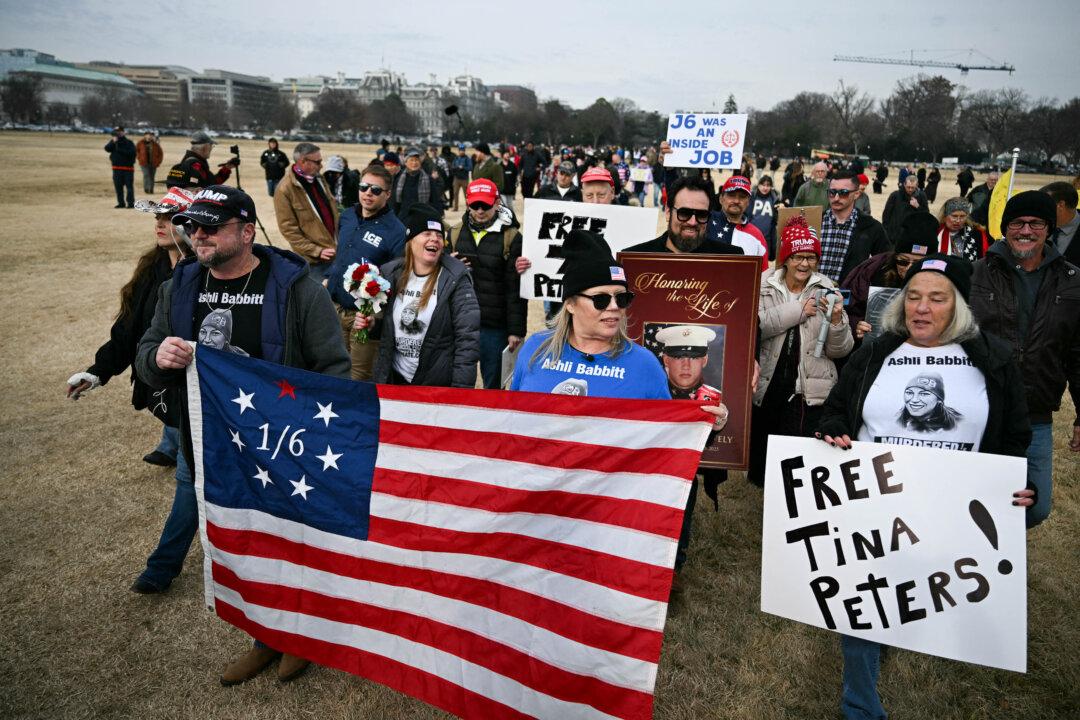Saturday, July 30, 2011
THEN
On July 30, 1984, 11 miles southeast of Cameron, Louisiana, the hull of British oil tanker Alvenus, owned by Lloyd’s Leasing Ltd. of London, ruptures due to a structural failure. The breach results in 2.8 million gallons of Venezuelan crude oil spilling into the Gulf of Mexico. After the initial accident, wind and wave conditions cause oil to quickly reach the Galveston, Texas coastline, contaminating beaches and ecosystems in the area. At the time, the Alvenus oil spill is considered one of the worse to affect the United States.
NOW
One year after the BP oil spill in the Gulf of Mexico—the worst oil spill in United States history—a definitive report from the U.S. Coast Guard and Bureau of Ocean Energy Management has yet to be released. Last Friday, the Coast Guard delayed the release of the report citing the need to “ensure that all evidence is properly weighed and considered.” With a law suit brought by the U.S. department of Justice already pending against BP and other key companies involved, the results of the Coast Guard’s report is sure to have a significant impact on the outcome of the case as well as BP stock. BP reported profits of $5.3bn for the three months ending in June, compared $16.9bn in profits reported for the same period a year ago. The massive BP oil spill resulting from an explosion on the Deepwater Horizon drilling rig, claimed the lives of 11 people and released approximately 60,000 barrels of oil into the Gulf of Mexico per day during the initial period following the accident.




